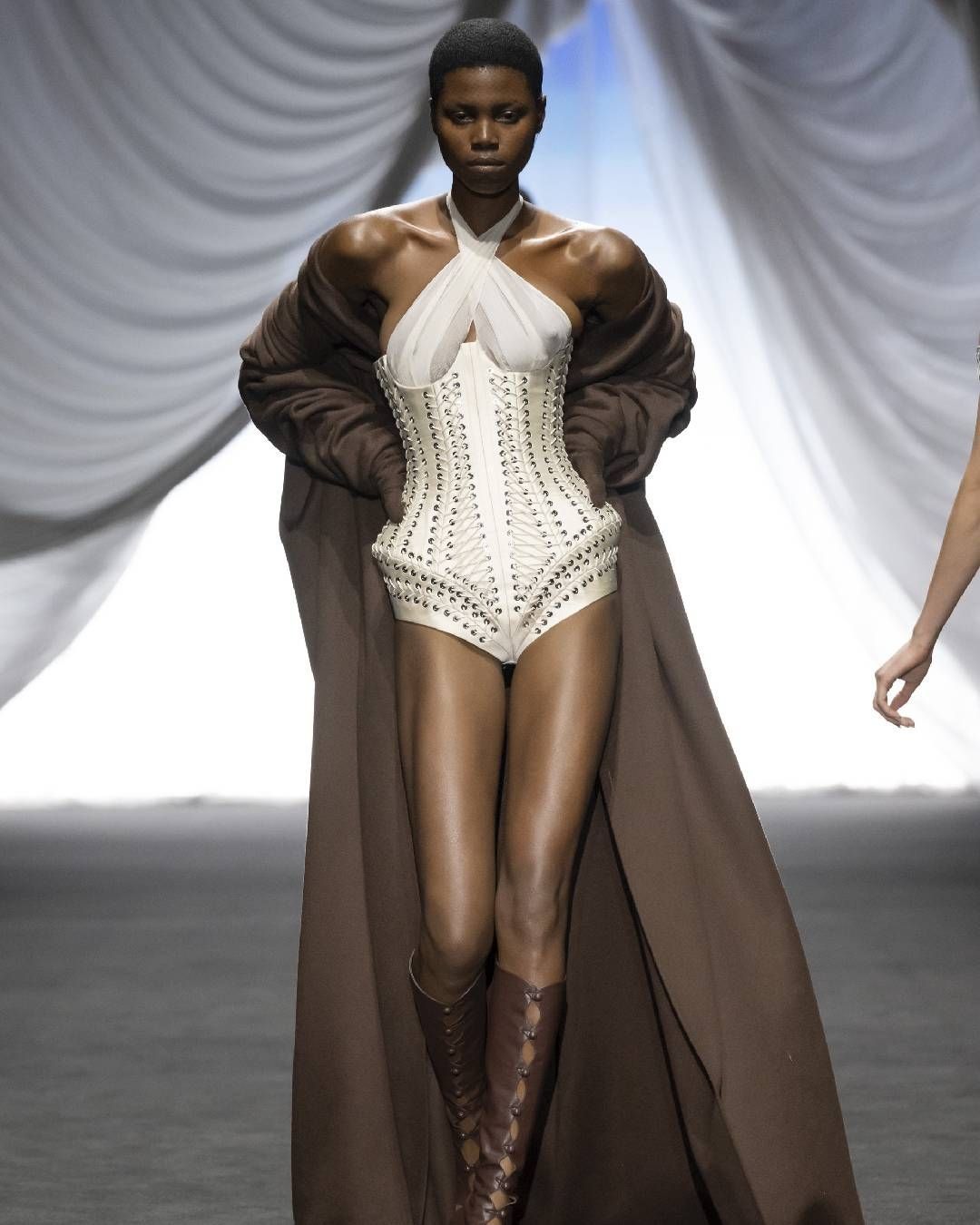
Are fashion's problems really all the fault of CEOs? The musical chairs of creative directors do not depend on young designers
There is no point in dancing around it. The last few weeks, not to say months, have been absolute chaos in the fashion world. Just before Christmas, the farewell between Alessandro Michele and Gucci unwittingly started a veritable domino effect that led, in the months that followed, to the departure of Jeremy Scott from Moschino, Bruno Sialelli from Lanvin, Charles de Vilmorin from Rochas, Serhat Işık and Benjamin A. Huseby at Trussardi, Rhuigi Villaseñor at Bally and - last only in order of time - Ludovic de Saint Sernin at Ann Demeulemeester. It is precisely the divorce between the very young Belgian designer and the brand owned by Antonioli that has revived the debate on who is really to blame for one of the most chaotic moments in the contemporary fashion industry. Some point the finger at the designers, who are often too young and inexperienced to lead brands of exaggerated proportions, far removed from the independent dimension from which many of them come. Their Curricula's lack of apprenticeship, someone has pointed out, underlines not without reason how the last examples of successful creative direction have been precisely those among those designers who had cut their teeth in the creative teams of this or that brand, before coming to the top.
Not only Alessandro Michele or Demna - who before joining Gucci and Balenciaga had together a curriculum that could boast Margiela, Louis Vuitton, Fendi alongside Karl Lagerfeld and Gucci alongside Tom Ford - but more recently also Matthieu Blazy and Glenn Martens have corroborated a thesis that, however correct, does not take into account the reasons that push a young designer to accept this position, namely a breath of fresh air from the stress of directing an independent brand. The fault would rather lie with those who choose those names often ignoring the simplest and most necessary reasoning, aiming solely at the surprise effect that the announcement would generate. After all, what's more, exciting than the appointment of a young designer with a large social following to revive the attention of a brand that may have been defunct or forgotten for years? Probably only the news of his dismissal a few months after his appointment. «None of the last creative directors 'ruined Ann Demeulemeester', the avarice of the people running it did,» wrote 032c's fashion editor Brenda Hashtag in one of the many online comments that find CEOs most responsible for what happened. But if it is true that those in charge should take responsibility for their choices, on the other hand, a good part of the press should also start to review the tone with which it criticizes some young designers.
there are bad fits for brands and inexperienced designers for certain roles but blame should be on CEOs who make such inadequate choices, not on the designers who mostly lack any kind support structure in these establishments that theyre placed in
— brenda (@brendahashtag) May 20, 2023
Talents do exist, and it is up to the insiders to protect them from the swirling mechanisms of the fashion system, always ready to swallow them up like quicksand. «I think every industry benefits from external and considered criticism. Something is lost when young designers don't get that kind of criticism when all they hear is a constant beat of 'You're doing great, you're great, get bigger, design more collections,'» Robin Givhan said in his interview with Interview. It was on these very pages a few months ago that we wondered how useful it really was to continue the myth of the enfant prodige in the world of fashion, speaking, in the specific case of Charles de Vilmorin, of prefabricated success that had ended up annoying the public, tired of seeing names born and disappear overnight. So, while the same feeling of general weariness and perplexity seems to reign these days, to find the culprit for what has happened over the past few months, it would be enough to take a trip online to gauge general opinion on the matter. Perhaps, it would also be good for those concerned.















































